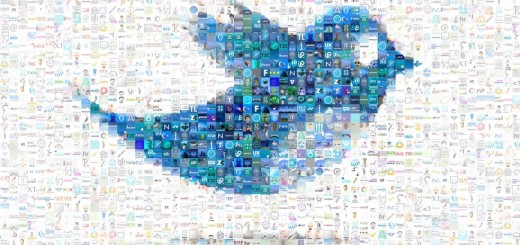FB’s Adam Mosseri on why India is a key market for growth
Ever since Mark Zuckerberg’s Townhall in Delhi last year, India has frequently been mentioned in Facebook’s plans for growing the social media platform further. There is a good reason behind this as the numbers show that by Q2 2016, daily actives on Facebook in India grew 22 per cent year over year, compared to a 17 per cent increase in daily actives on Facebook worldwide.
This was reiterated by Adam Mosseri, VP of Product at Facebook, in a press event in Delhi on October 20, 2016. With the next plan for growth being, as Facebook calls it, reaching out to the next billion, Mr Mosseri said, “We deeply care about India as we focus on building for the next billion people coming online.”
Why? Because over the past nine months the rate of growth in the country has accelerated impressively and Facebook expects that most of the ‘next billion people coming online’ are mostly going to be from India, according to Mr Mosseri.
Specialised 2G News Feed architecture
In an effort to reach more of India, the social network will be launching a News Feed architecture more compatible with 2G conditions. “One out of four requests drop due to poor connectivity”, said Mr Mosseri. This is very much an India-prioritised iteration.
Mr Mosseri shared that teams of Facebook engineers are sent here for research regularly and Facebook employees even have a ‘2G Tuesday’ where they opt in to use 2G internet speed, to better understand and empathise with the kind of internet experience the untapped Indian market maybe experiencing.
For now it will only work on Android OS, a decision that made sense since 90 per cent of smartphones in India run on this. It will most likely not be available for desktop. Testing details for the news architecture shared by Mr Mosseri included that around 100-200 users were involved at one point, and that the highest level of ‘lift’ – engagement with app – was from India. News Feed will feature the new architecture in a phased manner, first five per cent of users will have it then go to ten10 per cent etc with constant reiteration and improvements to make sure a seamless user experience is offered across all regions, languages, devices and users in India.
Mr Mosseri explained further, “We are now launching a new architecture so you can see less grey boxes, and more relevant stories quickly, regardless of your network connection. This new architecture of News Feed allows stories to be ranked on the client after being sent from the server. We avoid spinners and grey boxes by 1) requiring stories to have all necessary media available before rendering them in News Feed and 2) being able to optimise the stories in News Feed for each session, so you can see the most relevant stories even if you’re on slow internet connections.”
Roping in digital content creators
Other Facebook speakers at the press event spoke about how Facebook Live, Facebook 360, Facebook Messenger, and just simply being present, and sharing your work on Facebook can benefit any career or business immensely be it for athletes, sports federations, film and music companies, actors, musicians, journalists or comedians. Instant Articles was touted as a key tool for media publishers. Varun Gupta, head, news and influencer partnerships, Facebook, shared that Instant Articles will now load seven times faster for a 2011 Android phone in India than a news post loading on Mobile Web for iPhone 6S in the US. As an example he cited one publication getting 25 times the traffic, 30 per cent more shares and twice the CPM with Instant Articles.
The efforts to get as many content creators on the platform seems like a move to take the game to other video sharing platforms. Facebook officials present also spoke about how they are constantly looking at working with digital entertainment companies like startup Pocket Aces based on reward programs but haven’t really started paying any creators as of now. As the Facebook reps present admit the corporation isn’t savvy as other video sharing platforms which pay their stars to create content for them. But the underlying message was that Facebook will do what it has to get user engagement growing. Whether it could still call itself a technology company and not a media company beyond all this is a debatable point.
The trending topics dilemma
In recent times Facebook had received a lot of flak for its wishy washy methods of picking top stories to trend for each person, with there also being instances of inaccurate news stories trending. On being asked to address this issue, Mr Mosseri’s comment on how creating algorithms for seamless user experience is not a glamorous but difficult job is as close to a valid explanation as you will get. “You just scroll and expect (down the News Feed) to see all these posts, it seems so effortless that you only realise something is wrong when it’s not working right.” The constant emphasis from all speakers present that much work has to be done and that there is room for improvement across all features discussed reminds us that even the social media tech giant is operated by humans at the end of the day.
The post FB’s Adam Mosseri on why India is a key market for growth appeared first on Digital Market Asia.



